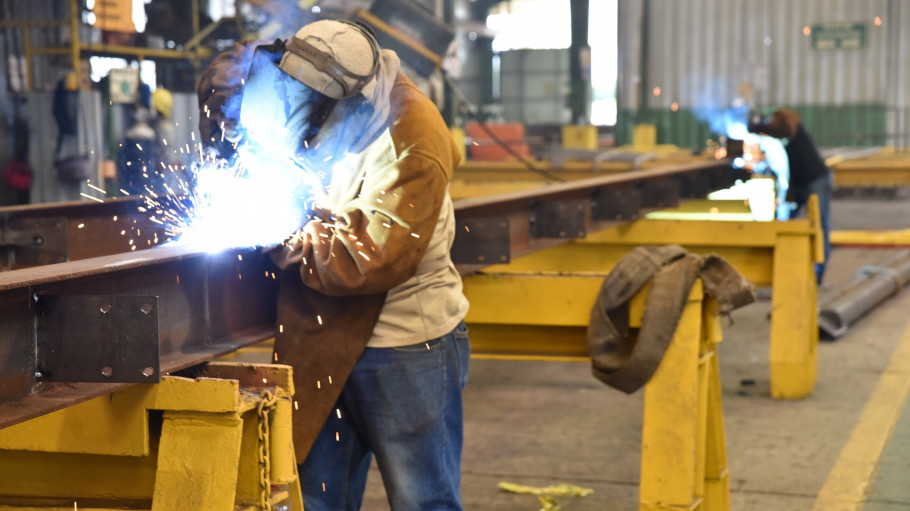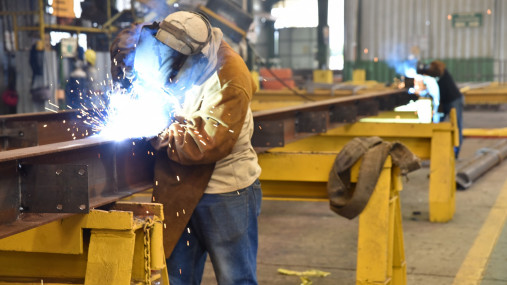
Publications » Position papers » Urgent action needed to safeguard the European steel sector and jobs!
Urgent action needed to safeguard the European steel sector and jobs!
Downloads and links
Recent updates

European steel is at the heart of European industry and is responsible for 310,000 direct, and 2.2 million indirect jobs, in the EU. The triple energy, raw material and cost of living crises means that strong social dialogue and support at national and European level is more important than ever to safeguard the sector and protect jobs.
With energy costs around seven times higher than before the crisis and carbon at 70€/t, the European steel sector is buckling under huge bills, much higher than in those in other steel producing regions. The illegal invasion of Ukraine, which exasperated the energy crisis, has also led to a massive decrease or stoppage of traditional raw materials supply from Russia and Ukraine, such as iron ore, requiring European companies sourcing from other destinations at much higher costs. Furthermore, workers and citizens are suffering with EU inflation at 10% (September 2022).
The European Social Partners, the European Steel Association (EUROFER) and industriAll European Trade Union (industriAll Europe), call for urgent action to safeguard the European steel sector and protect these high skilled, quality jobs in Europe while also working towards a carbon-lean, environmentally responsible, circular, and internationally competitive European steel sector.
The twin green and digital transitions have never been more challenging, and additional investment and support will be needed to ensure that these transitions are a success with no steel worker or region being left behind.
European Social Partners:
The European Social Partners will continue to work together and with national and European policy makers to ensure the survival of the European steel sector.
Signed in Brussels, 17 October 2022

Download this publication or visit associated links
Brussels, 02 December 2025 – Unchanged negative conditions – U.S. tariffs and trade disruptions, economic and geopolitical tensions, protracted weak demand and still high energy prices – continue to weigh on the European steel market. EUROFER’s latest Economic and Steel Market Outlook confirms for 2025 another recession in both apparent steel consumption (-0.2%, unchanged) and steel-using sectors (-0.5%, revised from -0.7%). A potential recovery is expected only in 2026 for the Steel Weighted Industrial Production index (SWIP) (+1.8%, stable) and for apparent steel consumption (+3%, slightly revised from +3.1%) – although consumption volumes would still remain well below pre-pandemic levels. Steel imports retained historically high shares (27%), while exports plummeted (-9%) in the first eight months of 2025.
Fourth quarter 2025 report. Data up to, and including, second quarter 2025
Brussels, 27 November 2025 - The European ceramic, aluminium, ferro-alloys and steel industries express their deep concern about the potential impact of the EU-India FTA on strategic European industries if a sector-specific approach is not adopted and our sectors’ challenges are not duly considered.